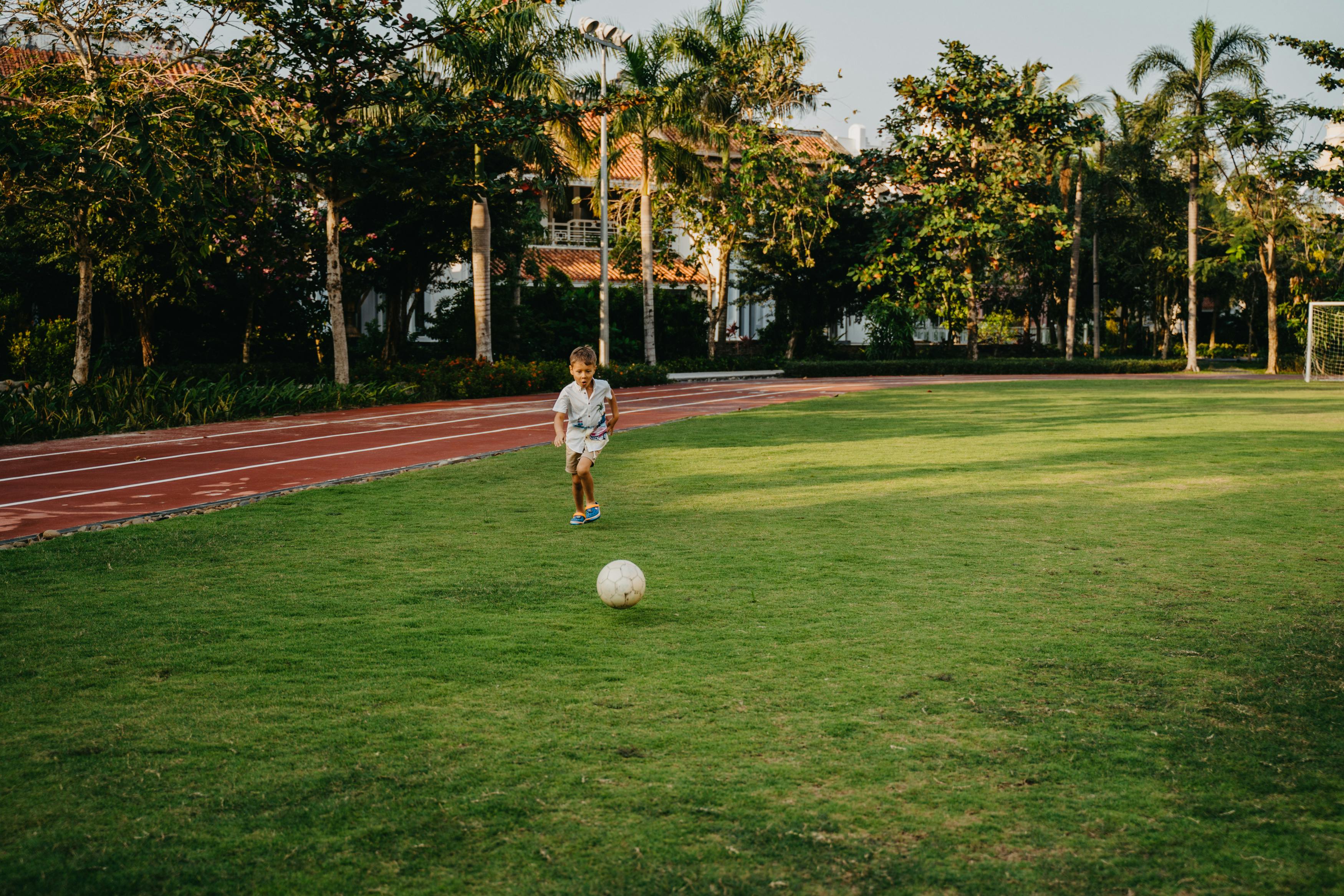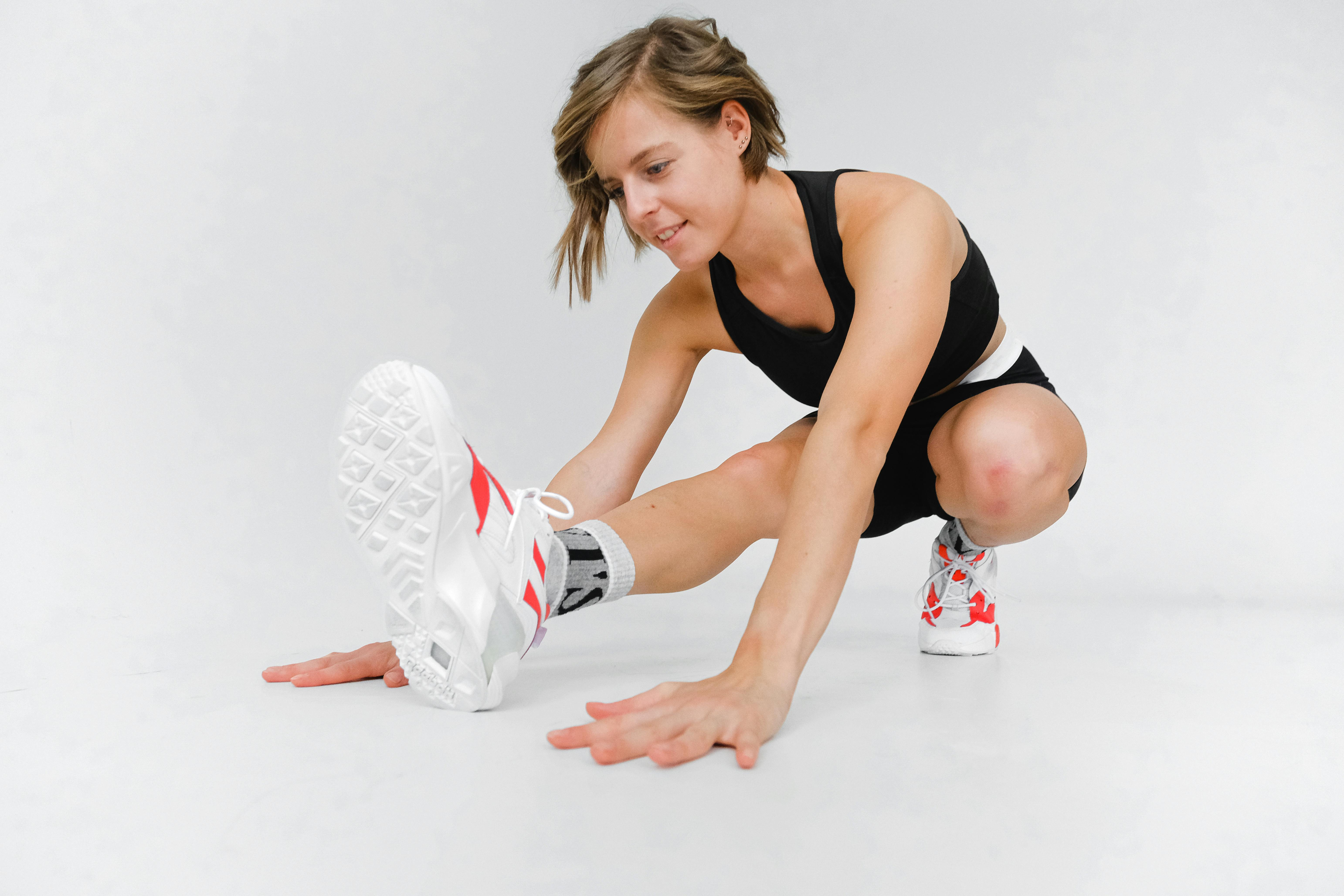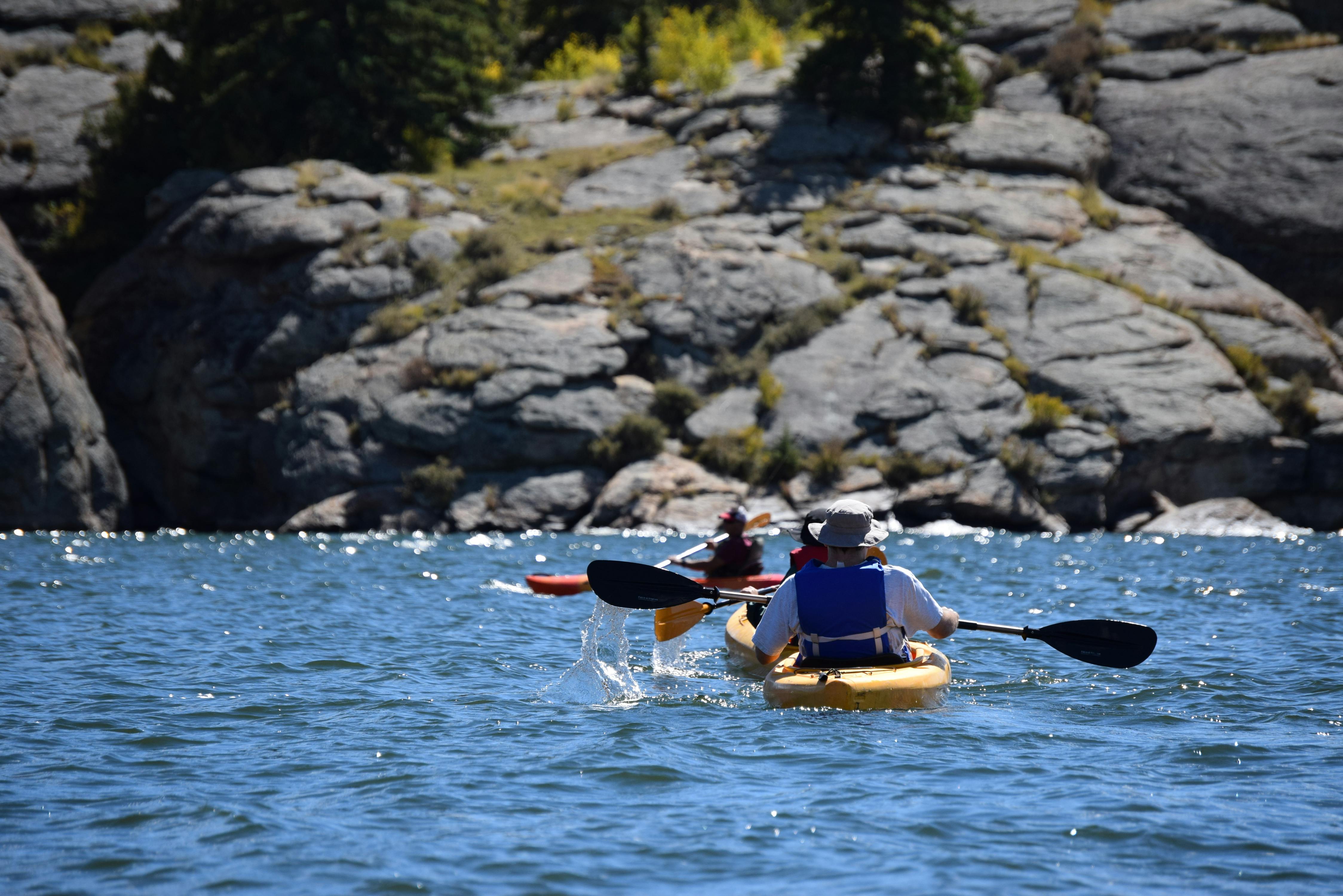RSV is the respiratory syncytial virus: it affects the nose and throat (upper respiratory system).
What are the symptoms?
Cough
Stuffy or runny nose
Mild sore throat
Earache
Fever, usually at the beginning of the illness, and a high fever does not mean that the illness is more serious.
The following symptoms are additional symptoms that you may find in a baby.
A diminishing interest in their surroundings.
Apathy and drowsiness
Irritability (irritability) and not sleeping well
Bad nutrition
Apnea. (Apnea is where breathing stops for about 15 to 20 seconds.) This usually occurs only in babies who were born prematurely and who also have a history of apnea.
How do you tell the difference between a cold and RSV?
It is difficult to distinguish between the common cold and RSV. RSV infection can also cause bronchiolitis and / or pneumonia with symptoms of shortness of breath (which may be breathing faster than normal), wheezing, worsening cough and lethargy, increased tiredness, decreased interest in surroundings, or loss interest in food.
Where is the RSV located?
Wild world, most children are infected at least once before the age of 2 and continue to be reinfected throughout life.
How do you get RSV?
The virus is found in secretions from the nose and throat of an infected person.
inhaling droplets after an infected person has coughed
hand-to-mouth contact after touching an infected person
hand-to-mouth contact with a surface that an infected person has touched or coughed up
How can you help protect yourself and your child? Use an antibacterial wipe to clean your toys, the surfaces they touch, wipe the things you touch, such as counters, telephones, refrigerator door handles, etc.
Use hand sanitizers like purell.
Remember to cover yourself when coughing and then wash your hands.
This will not prevent you from getting RSV, but it will reduce the risk for you and your family.



